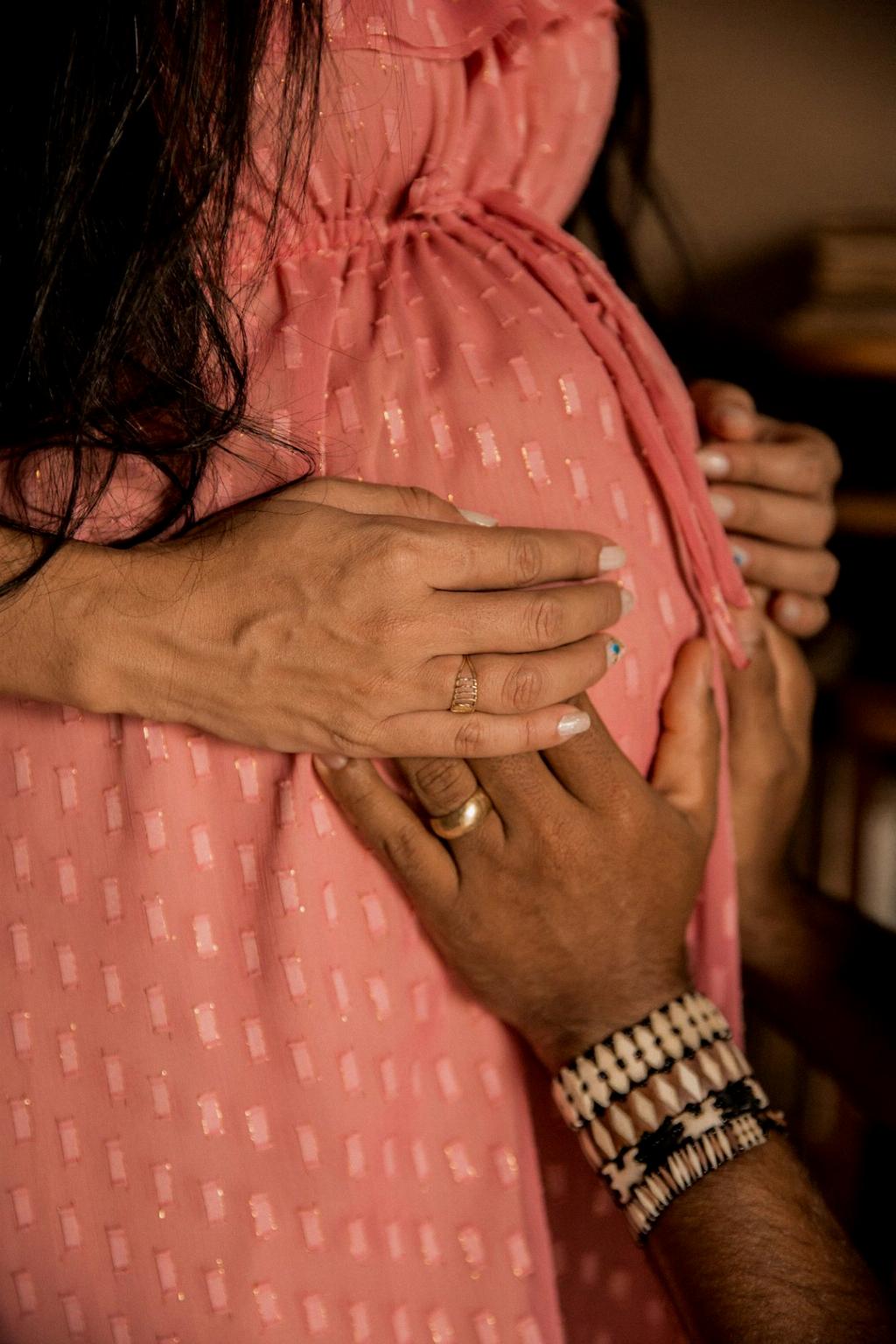As you progress into the 21st week of your pregnancy journey, you may find yourself wondering about the position of your growing baby. At this stage, your baby is still small enough to move around frequently. From being head down to feet down or even lying sideways, your little one is quite the acrobat in the comfort of your womb.
The Dynamic Nature of Your Baby’s Position
It’s essential to note that at 21 weeks, your baby’s position is not fixed. Unlike later in the pregnancy when they settle into a more consistent position, their mobility inside the uterus allows them to be more flexible with their orientation. This constant movement contributes to their development and overall well-being.
The Role of Gravity in Baby’s Position
With the amniotic fluid providing a cushioned environment, your baby can rotate and shift positions without constraints. Gravity also plays a role in influencing your baby’s orientation, with the head naturally tending to be positioned downward. However, at 21 weeks, there is still ample room for exploration within the womb.
Oxygen and Blood Flow Considerations
Positioning plays a vital role in ensuring optimal oxygen and blood flow to your baby. While babies typically assume a head-down position as the due date approaches, at 21 weeks, variations in orientation are common. These movements help in the development of their respiratory and circulatory systems.
The Importance of Baby’s Sleep Patterns
Despite the constant movements, your baby is also spending a significant amount of time sleeping – around 12 to 14 hours a day. This restful period is crucial for their growth and development. As they shift positions during their sleep, they are actively preparing their bodies for the eventual birthing process.
Bonding Through Sensations and Movement
Feeling your baby’s movements at various times of the day can create a profound sense of bonding between you and your little one. The kicks, flips, and nudges serve as a reminder of the miracle unfolding within you. Embrace these sensations and cherish the unique connection you share.
Preparing for the Ultrasound
As you look forward to your upcoming ultrasound appointments, keep in mind that the radiologist will monitor your baby’s position and growth. The images captured during these scans provide invaluable insights into your baby’s development and well-being. Embrace each visit as an opportunity to witness your baby’s journey.
Supporting Your Baby’s Movement
Your lifestyle choices, such as staying active and maintaining a balanced diet, can positively impact your baby’s movements and positioning. Engage in gentle exercises and activities recommended by your healthcare provider to support your baby’s overall health. Remember, a healthy mom nurtures a healthy baby.
Consulting Your Healthcare Provider
If you have any concerns regarding your baby’s positioning or movements, don’t hesitate to reach out to your healthcare provider. They can offer guidance, reassurance, and support throughout your pregnancy journey. Your well-being and that of your baby are their top priorities.
Embracing the Journey Ahead
As you navigate through the 21st week of your pregnancy, embrace the uncertainties and marvel at the wonders of the life growing inside you. Each day brings new discoveries and joys as you countdown to the moment when you’ll finally meet your precious little one. Cherish this remarkable journey.

